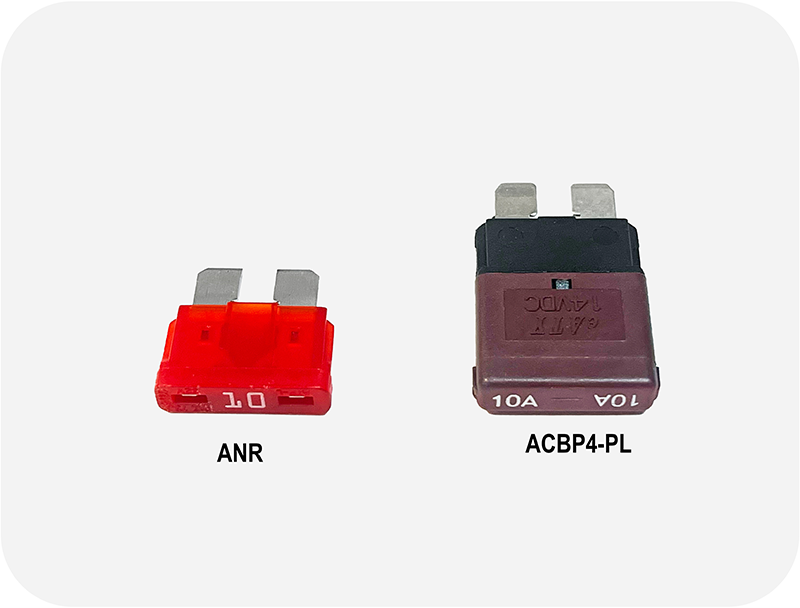Can I Replace a Fuse with a Circuit Breaker?

In many cases, replacing a fuse with a circuit breaker is a feasible and practical option. However, it's essential to consider several critical factors before making the switch to ensure safety and proper functionality of your electrical system. Here’s everything you need to know.
Fuses are a cost-effective solution for overcurrent protection in low-power applications, but they must be replaced after each trip. Circuit breakers, while more expensive upfront, offer the advantage of being resettable and more robust, making them ideal for environments where frequent tripping might occur.
For a deeper look at how these two devices compare in performance, cost, and application, see our Fuses vs. Circuit Breakers comparison.
Key Considerations When Replacing a Fuse with a Circuit Breaker
Before replacing a fuse with a circuit breaker, it’s important to ensure the breaker matches or exceeds the fuse’s key specifications. This guarantees safe and reliable protection for your electrical system.
-
1. Voltage Rating
The circuit breaker must handle the same or higher voltage as the fuse.
-
2. Amperage Rating
The breaker must match the current rating of the fuse to avoid under- or overprotection.
-
3. Interrupting Rating
This refers to the maximum fault current the breaker can safely interrupt. When replacing a fuse, the circuit breaker’s interrupting rating must be equal to or greater than that of the fuse, ensuring the breaker can safely handle potential fault currents without failure.
Additional Factors to Consider
Beyond electrical ratings, there are practical aspects to weigh that can impact your choice and overall system performance.
Cost & Reusability:
- Fuses are generally more affordable but must be replaced every time they blow.
- Circuit breakers are more expensive up front but can be reset and reused.
Installation Fit:
- Some circuit breakers are designed to drop into the same mounting style as a fuse, such as OptiFuse ACBP4-PL series breakers for ANR series fuses.
- Others may require a different mounting method, especially panel-mount or chassis-mount units (e.g., OptiFuse 153 series circuit breakers replacing ANE-M series fuses).
Frequency of Trips:
- If fuses are blowing frequently in your system, switching to a circuit breaker may be more practical.
- Be cautious – frequent tripping might also indicate a deeper electrical issue that needs to be addressed by a professional.
Always Remember
Replacing a fuse with a circuit breaker can be a great way to improve the protection and reusability of your electrical system. However, improper modifications can lead to safety hazards. If you’re unsure about the specifications, compatibility, or installation process, always consult a licensed electrician or a professional technician for advice.
For detailed guidance on selecting and applying circuit protective devices correctly, see our Circuit Protective Device Selection Guide for complete context.
Samuel Kenny, Product Manager at OptiFuse, leads the development of advanced circuit protection products for automotive, marine, and industrial sectors. He designs custom solutions and shares expert fuse selection tips on the OptiFuse Blog.